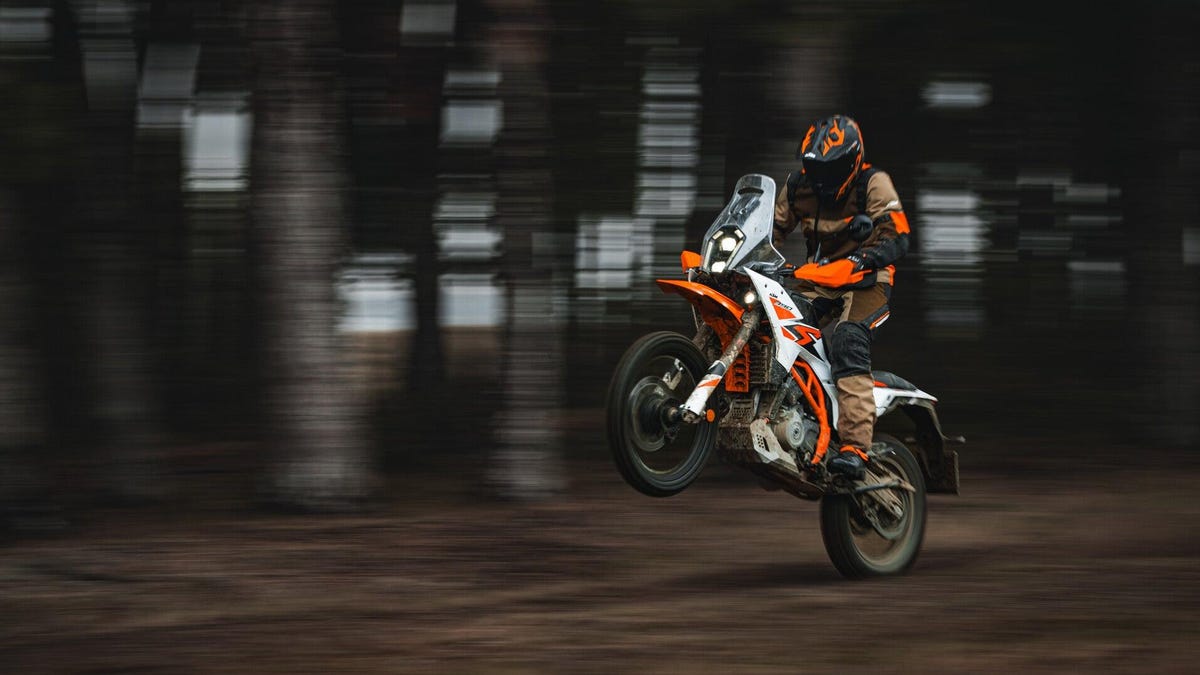National parks are federally protected places for a reason — they’re beyond incredible. Colorado preserves some majorly captivating sites while offering an exciting line-up of recreational activities.
Many guests are content with low-key offerings such as hiking, biking, fishing, wildlife viewing, and scenic driving. Some of us crave more. Thrill-seekers, read on.
Time saver: A single-day automobile pass into any of Colorado’s four national parks costs $25, or you can purchase an America the Beautiful pass ($80 annually) for hassle-free entry into all national parks for a year.
Surf America’s tallest sand dunes
Ready for a national park experience like none other? North of Alamosa, everyone in your group can enjoy ogling a 30-square-mile dune field housing North America’s tallest mounds of sand: Star Dune (750’) and High Dune (699’).
Start your adventure at the park’s newly renovated visitor center, open daily from 9 a.m. to 4:30 p.m.
From here, climb the first ridge to gain views of the site’s sandy expanse. Hiking is a great option inside this park. Measuring in at 0.5-mile roundtrip, Montville Nature Trail is an easy route with views of Mt. Herard (13,345′) and the dunes.
Splashing around in Medano Creek is also fun; late May and June are the best times to ride the surge waves, water waves formed by snowmelt.
Walking on the dunes is amazing, but adventurous visitors will want to try sandboarding. Some people use modified skateboards, snowboards — even trash can lids. It’s better to use the proper equipment, and since the park service doesn’t rent gear, you’ll need to get yours before arriving at the park.
Great Sand Dunes Oasis Store (immediately outside the park) carries the right boards, and Kristi Mountain Sports in Alamosa is another option. You can also rent sand sleds for younger children.
Sandboarding is similar to snowboarding, but it’s a little tougher to turn and change direction in the sand. To get started, pick a smaller, shallower dune and work your way up. The dunes behind the visitor center are a popular area for first-timers.
Need more adventure? Medano Pass Primitive Road is a four-wheel-driving trail and off-road route crossing Medano Creek nine times before topping out at Medano Pass at mile 11, at an elevation of 10,000 feet. The 22-mile road connects to Colorado 69 after passing 21 free campsites (first come, first served).
To drive this road, you must — absolutely must — have a 4WD vehicle with high clearance. Or you can ride the road with a fat tire bike. Small SUVs and AWD vehicles will get stuck.
BYO food into the park, and don’t forget reusable water bottles to refill at the visitor center.
Plan ahead and camp at Piñon Flats Campground. An international dark sky park is best experienced on a moonless night.
Scale the face of an ancient cliff dwelling
Mesa Verde is a remarkable destination with 12 trails laid out among nearly 5,000 known ancestral sites, including 600 cliff dwellings.
Learn about the park’s first inhabitants while perusing exhibits at the Mesa Verde Museum.
But first, check your gas tank. You’ll drive at least 50 miles inside this massive park, and the only place to refuel is at Morefield Campground.
Since GPS and cell service aren’t reliable inside the park, you should also grab a paper map at the Mesa Verde Visitor and Research Center.
There are many self-guided opportunities to view ancestral sites at overlooks throughout Mesa Verde but to enter a cliff dwelling; you’ll need to book a tour, which is offered seasonally starting May 12 this year. You can reserve your tour up to 14 days in advance on recreation.gov, and you can print or download tickets before arriving.
Mesa Verde’s largest dwelling, Cliff Palace, is a safe bet for cautious guests.
This 45-minute tour crosses one of the park’s largest and best-known ancestral sites and requires climbing down a steep, irregular sandstone staircase.
A more thrilling option is the Balcony House tour. Over an hour, you’ll scale the face of a cliff while climbing a 32-foot-long ladder then crawl on your hands and knees through a narrow squeeze before scrambling up a 60-foot open cliff face with stone steps and two 10-foot ladders.
There aren’t any height or age restrictions for tours, but if you’re bringing kids along, they must be able to climb ladders by themselves or be small enough to fit in a baby carrier.
Extend the adventure with a night under the stars at Morefield Campground. Sites rarely fill up and can be booked at the Campground Store, by phone, and online.

Climb to the top of Colorado’s most popular 14er
First things first: Rocky Mountain National Park offers a timed entry service from the end of May through October; you can make reservations in advance online.
This popular national park supplies hundreds of miles of insanely beautiful hiking trails spread between its Estes Park and Grand Lake entrance stations.
There are plenty of flat, lakeside strolls, not to mention entry-level camping at Moraine Park Campground and wildlife viewing opportunities. (Have you heard a bull elk bugle yet?)
This park’s ultimate adventure, though, is the completely draining 15-mile roundtrip trek to the summit of Longs Peak (14,259’), a flat-topped monarch visible from almost anywhere inside the park.
The mountain is one of 53 official “14ers” in Colorado, i.e. peaks exceeding 14,000 feet. (Technically, 58 Colorado peaks hover above 14,000 feet, but for two peaks to be considered separate 14ers, there must be a more than 300-foot descent between the saddle of the peaks, explains Chris Meehan, author of Climbing Colorado’s Fourteeners: From the Easiest Hikes to the Most Challenging Climbs.)
Longs has one non-technical route to the top: The Keyhole Route. Keep in mind that non-technical doesn’t mean easy.
“I rank Longs among the 14 hardest,” Meehan says, describing the Keyhole Route as a Class 3 scramble with no protection like ropes or anchors.
“You’re significantly exposed for its final parts, including on the Boulder Field, the Narrows and the Homestretch,” he adds, noting that other humans often pose the most risk while kicking rocks on hikers below.
Only experienced and prepared hikers should attempt to summit, and by choosing to climb, you take responsibility for your safety.
By mid-July, the snow has usually melted enough that it’s possible to tackle the trek without any specialized gear. Read up on what to pack, then begin your hike from the Longs Peak Trailhead, leaving well before dawn so you can summit and return to tree line in advance of any afternoon thunderstorms.
If you’re going to try Longs, or any 14er, keep an eye on updated weather conditions, and don’t be a fool, if the weather changes, or you realize you aren’t ready, turn around and try again another time.

Rugged wilderness hiking
Black Canyon of the Gunnison is Colorado’s take on the Grand Canyon — a vertical wilderness and land of extremes housing some of the oldest exposed rock in the world.
The majority of the park’s annual visitors view the gorge from Black Canyon’s north and south rims, hiking along seven well-marked nature trails.
About half of Black Canyon is designated wilderness, and experienced backpackers can secure a permit (first come, first served) and descend one of six unmarked routes into the inner canyon.
Permits go fast, and rangers spend lots of time talking unprepared hikers off the ledge, so to speak.
“Witnessing the canyon from river level is an amazing experience, but the routes leading to the inner canyon are so difficult and uncomfortable that they aren’t suitable for the average hiker,” explains Chris Roundtree, a park visual information specialist who has descended Black Canyon multiple times.
In addition to thickets of poison ivy, serious risks include dehydration and life-threatening injury.
“On the arduous return, it’s easy to get lost,” Roundtree adds. Cell service below the canyon rim is rare, making it nearly impossible to call for help. Repeat after me: You’re responsible for your own safety!
I’m certainly not ready for an inner-canyon trek.
Curecanti Creek Trail is a safe yet still adventurous alternative for those of us who’d like to reach the water. Access the trail through the adjacent and co-managed Curecanti National Recreation Area.
The strenuous out-and-back route (2 miles each way; no permit needed) begins at the Pioneer Point Overlook parking lot, off Highway 92. A gentle drop toward Curecanti Creek takes hikers through an oak and pine forest.
From here, the south-facing route heats up as you enter Curecanti Creek’s canyon. The trail steepens, descending 900 feet over a series of rugged, rocky segments, eventually ending beneath sheer canyon walls of ancient metamorphic bedrock.
Leashed pets are permitted inside Curecanti but are prohibited on most Black Canyon trails. Remember to wear sturdy shoes and carry at least 2 quarts of water per person per day.







